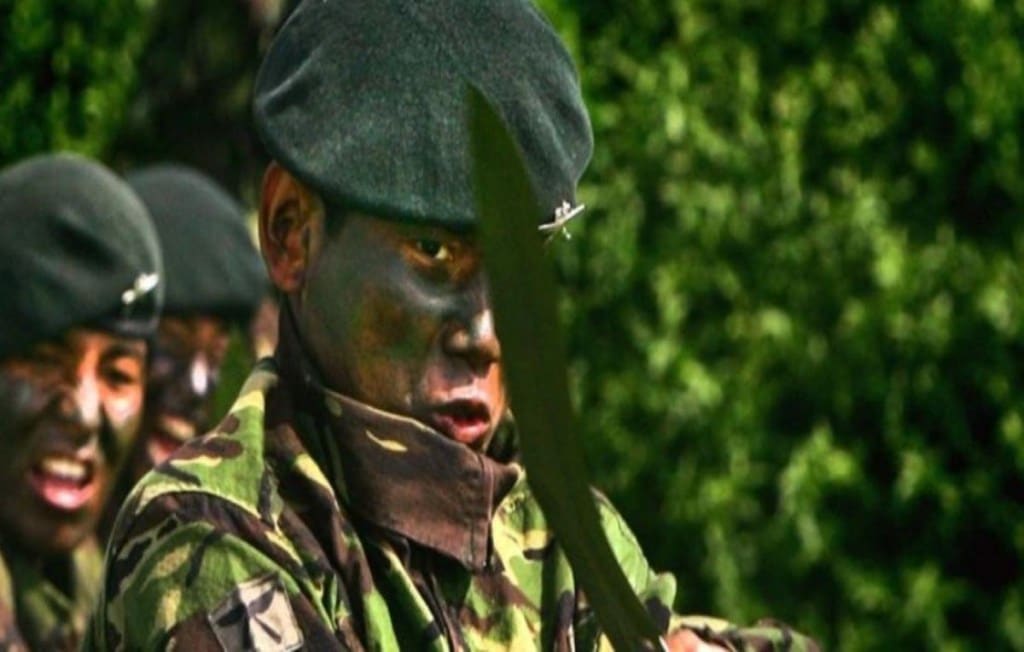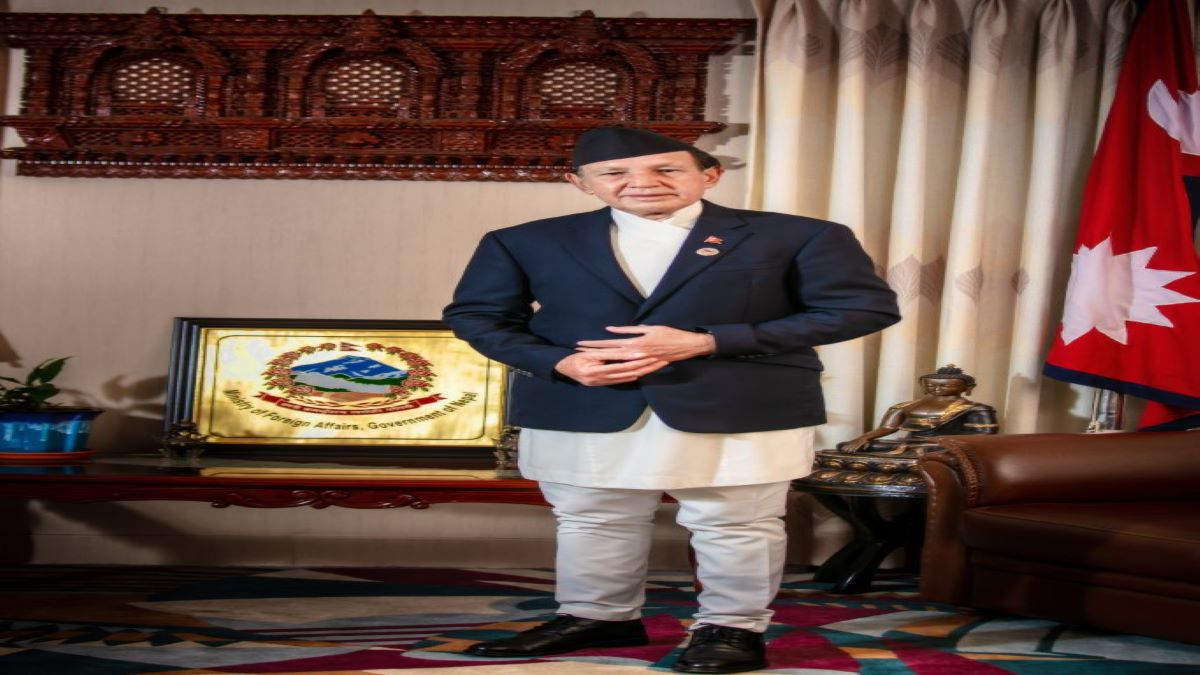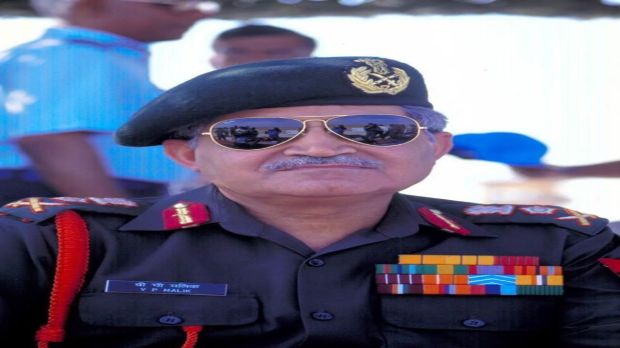In 2015, the Gorkhas completed 200 years of soldiering in India under the British, and, later, India. Gurkhas hold the highest gallantry awards given to military personnel for the ultimate act of bravery and selflessness in the line of duty. It is as old as the tradition goes in the Indian Army. But this time the Gurkhas are in the news for the reason that is fundamental to the tradition of soldiering in the Indian Army.
The government of Nepal has for now stalled the recruitment of Gorkhas in the Indian Army under the ‘Agnipath scheme’, raising questions on the future of Gurkahs in the Indian Army that began 75 years ago. In fact, the announcement came from the Nepali government at a time when the Indian Army Chief, General Manoj Pande is scheduled to visit Kathmandu to receive the ‘Honorary General’ rank of Nepal Army.
It is learnt that the recruitment process under the Agnipath scheme was schedule to begin in this month until September 29 at different centres across Nepal. It has been halted until the new announcement from the ministry.
As the tradition goes, it is a customary practice by the two countries to confer the honorary rank of General on each other’s Army Chiefs. Last year, Nepal Army Chief General Prabhu Ram Sharma was conferred the honorary rank of General of the Indian Army by President Ram Nath Kovind.
While such is the comraderies of both armies, the stance taken by the Nepal’s Foreign Minister Narayan Khadka just of ahead of the visit of Army Chief Gen Pande’s on September 5, raises concerns and uncertainties.
Agnipath is a recruitment scheme for the Indian youth who wish to join the Armed Forces. Agnipath scheme, a recruitment process for individuals below the rank of officer, with the goal of deploying fitter, younger troops on the front lines, many of whom will be on four-year contracts. After 4 years, based on objective criteria including performance during their four-year engagement period up to 25% of each specific batch of Agniveers will be enrolled in regular cadre of the Armed Forces.
What is bothering Nepal?
In India, the Agnipath scheme is well under the process and the recruitments are on full swing. While the Nepali foreign minister did not elaborate on the ‘issues’, it is learnt that the terms and conditions under the new scheme is the matter of concern, especially the 4-years term for the majority of recruits.
Foreign Minister Narayan Khadka also informed India’s ambassador to Nepal, Naveen Srivastava, that recruitment of Gorkhas under Agnipath scheme does not conform with provisions of the tripartite agreement signed by Nepal, India and Britain on November 9, 1947.
-

Nepal Foreign Minister Narayan-Khadka
As reported, Foreign Minister Khadka also told Srivastava that the 1947 agreement, on the basis of which Gorkhas are recruited in Indian Army, does not recognise India’s new recruitment policy under Agnipath scheme. According to the officials from the foreign ministry, breaking such pact means Nepal will assess the new terms and how it may impact the fresh recruits.
This comes after India reached out to Nepal six weeks ago for cooperation and approval for the recruitment, taking place after a two-year hiatus due to the Covid-19 pandemic.
It is also learnt this is a sudden change of minds on the issues as earlier reported, there were statements that shown the willingness to continue with the new scheme as it is already implemented by the Indian Army.
Former Army Chief General Ved Prakash Malik speaks with the author on the issue, points out: “I do not know the rational why they have taken this [decision] but to me, it appears that this decision is not in the interest of India-Nepal relations and in the interest of Nepalese Gurkhas also who have a very long association with the Indian army as everybody knows.”
Khadka is also learnt to have said that Kathmandu will take a final decision on the issue after wider consultation with political parties and all stakeholders.
Nepal has conveyed to India that the current recruitment scheme for a period of four years under Agnipath is not in conformity with the provisions of the 1947 agreement.
This is about the insecurity of the young cadets who will be out of service after the 4-years. But the larger point is about the modernization of Indian army itself and the steps which are taken in the spirit for reforms. And such new set of rules and processes are already laid out in its entirety by the Indian Armed Forces.
“India is a large country. Our country is going ahead with the scheme as announced at the moment and the govt of India and the people of India have accepted this and they are going ahead with it. So. at this juncture, this becomes just an excuse for them. We are not going to change these rules only for the Nepalese Gurkhas,” remarks Gen Malik.
The question is whether the government’s stance is based on the military per se, or it does have the political ramblings which is seen often in the political environment of Nepal?
On the uncertainty, Minister Khadka talks about the need to engage with all stakeholders across the political parties.
So far, such historic and time-tested trading has been out of the realm of the political slug. It is more about the depth of our relations, said former ambassador of Nepal to India on the question of political interference.
“I believe so. The point I am making is that the govt of India despite some protest that had taken place earlier and despite some apprehension, decided to go ahead and the Agnipath scheme is applicable to the entire country today, says Gen Malik.
“No special changes can be made for the Nepalese Gurkhas and therefore, we would like them to continue with this scheme and we would like Nepalese Gurkhas to continue.”
“In fact, they should have also looked at the interest of their own gurkhas boys as well as the Indo Nepal-relations. I believe, that’s my feeling that this decision which they have taken is more political and not much to do with the scheme per se.
The state relations committee of the Nepal Parliament, which was scheduled to discuss different issues, including the Agnipath scheme and its impact on Gorkha recruitment, was adjourned due to a lack of quorum.
Gurkha—a formidable force
It is about all about décor for valor, the greatest honor, a sign of heroism and optimum sacrifice made by a soldier when duty calls. A Gurkha commander talks about the legacies that he is so proud of, says: “As Nepalese we feel proud to mention that twenty-six Victoria Cross have been won by Gurkha Regiments so far, among them Nepalese Gurkhas alone have won thirteen VCs including many other bravery awards.”
Currently, Gorkha regiments make up Indian Army’s 43 Battalions with soldiers from both Nepal and India in seven Gorkha regiments – 1st, 3rd, 4th, 5th, 8th, 9th and the 11th. India recruits approximately 1,400 soldiers into the Gorkha regiment annually (pre-Covid data), as per The Indian Express report, that said that around 32,000-35,000 Nepal soldiers are serving in the Indian Army at any given time. The Indian Army ex-servicemen community in Nepal is about 1.32 lakh-strong, it added.
The 1, 3, 4, 5 and 8 Gorkha regiments are mainly Magars and Gurungs; the 9th are Chhetris and Thakuris; and 11 Gorkhas consist of Rais and Limbus and are all part of the Indian Army.
After India gained independence, a Tripartite Agreement (Britain–India–Nepal) was signed by which the regiments were split between the Indian armies and the British. According to The Indian Express report, “6 Gurkha regiments with a lakh-odd soldier came to India, which went on to raise another regiment called 11 Gurkha Rifles to accommodate soldiers of 7th Gurkha Rifles and the 10th Gurkha Rifles, who chose not to transfer to the British Army.”
Gorkha regiments was initially done at Nautanwa, along the India-Nepal border near Bhairhawa. However, later permanent locations such as the Gorkha Recruiting Depots in Kunraghat, Gorakhpur and Ghoom, near Darjeeling were selected for the process.
Recruitment of Gorkhas from Nepal began in the British Indian army after the Treaty of Sagauli was signed in 1816 between the government of Nepal and the British East India Company. It became a tripartite arrangement in November 1947 after India became independent and Gorkhas in Nepal were given a choice to serve in the Indian Army or go to UK.
How will it impact the tradition formation of Indian army?
“No, I don’t think so, says former Army Chief.
“You know, we have, in fact, a very large number of Indian gurkhas who are part of the Indian army. Today a very large number and they are as good as any of the gurkhas. So, it’s not going to affect the quality, the efficiency or the capability of Indian army, Gen assures on the formation.



